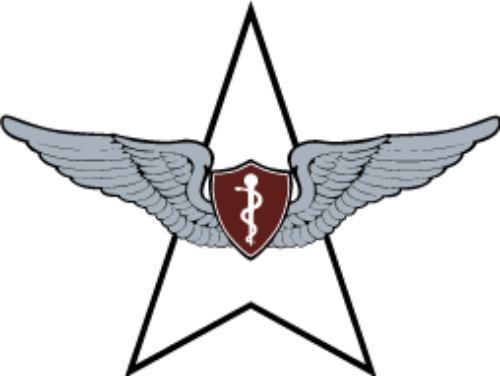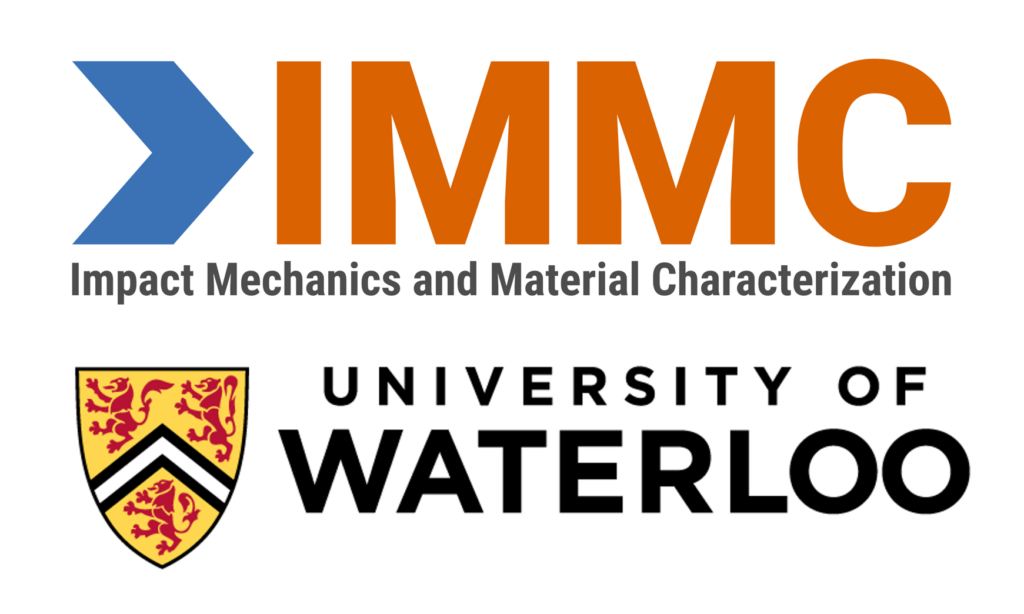Organiser/Chair
Dr. Robert Salzar of the University of Virginia





The protective aspect of current body armor is assessed through the ability to stop the penetration of a high-speed projectile if backface deformation does not exceed 44mm. The resulting back face deformation of body armor from a ballistic impact is assessed through various means with the primary measure being the deformation left in a clay substrate. However, the criticality of these impacts should be assessed on the location-dependent risk of severe injury and not of only the depth of penetration into the body. Understanding the region-specific risk of behind armor blunt trauma on morbidity and mortality will lead to the most optimized body armor design.
Tests using a physiological model are being performed to determine the relationships between ballistic input parameters and organ damage for blunt behind armor trauma. These tests are being performed across different areas of the thorax hypothesizing that these regions all have unique tolerance to blunt injuries. The hypothesis, therefore, is that body armor design can be optimized for minimum weight if the probability for injury is known.
The objectives of this study are to develop thoracoabdominal region-specific injury criteria resulting from energy/momentum transferred from the armor while successfully defeating ballistic threats. We are conducting tests with whole body PMHS that are representative of BABT events with back-face deformation inputs, gather biomechanical data, compare injuries to military epidemiology, and identify injury mechanisms. We are characterizing the acuteness of the injuries by conducting tests with PMHS and cadaver porcine and determining the biomechanical and physiological responses of live porcine specimens leading to functional incapacitation in matched-pair scenarios. Tests with different physiologic endpoints (time of euthanasia), candidate metrics (e.g., acceleration), injury severities, impact regions targeted to the heart, lungs, liver, ribcage, spine, and kidney are being conducted and analyzed for scaling from the animal to human and obtain region- and severity-specific injury response corridors via parametric statistical survival analysis with outcomes ranging from fatality to different levels of functional capacity, appropriate for military missions that include emerging threats.
| 10:00 – 10:02 | Brief Introduction to Workshop Theme (R. Salzar) |
| 10:02 – 10:12 | Joe McEntire, U.S. Army Aeromedical Laboratory Title: Medical – Behind Armor Blunt Trauma Research Program |
| 10:14 – 10:24 | Dr Robert Salzr, University of Virginia Title: Factors to Consider when Selecting an Animal Model |
| 10:26 – 10:36 | Dr Narayan Yoganandan, Medical College of Wisconsin Title: Physiologically Based Injury Criteria for Behind Armour Blunt Trauma |
| 10:38 – 10:48 | Dr Dale Bass, Wayne State University Title: Blast-like Behind Armour Injuries |
| 10:50 – 11:00 | Fred Brozoski, U.S. Aeromedical Laboratory Title: TBC |
| 11:03 – 11:13 | Dr Matt Panzer, University of Virginia Title: An Early Look into Modelling TBI from Behind Helmet Blunt Trauma |
| 11:15 – 11:25 | Dr Duane Cronin, University of Waterloo Title: Informing Response and Injury Criteria: Hybrid Modeling-Experimental Approach |
| 11:25 – 11:30 | Wrap-up and remaining questions from audience (R. Salzar) |
The intended audience are those interested in the design optimization of new body armor based on physiological injury which includes military, medical, industry, and academia persons.
